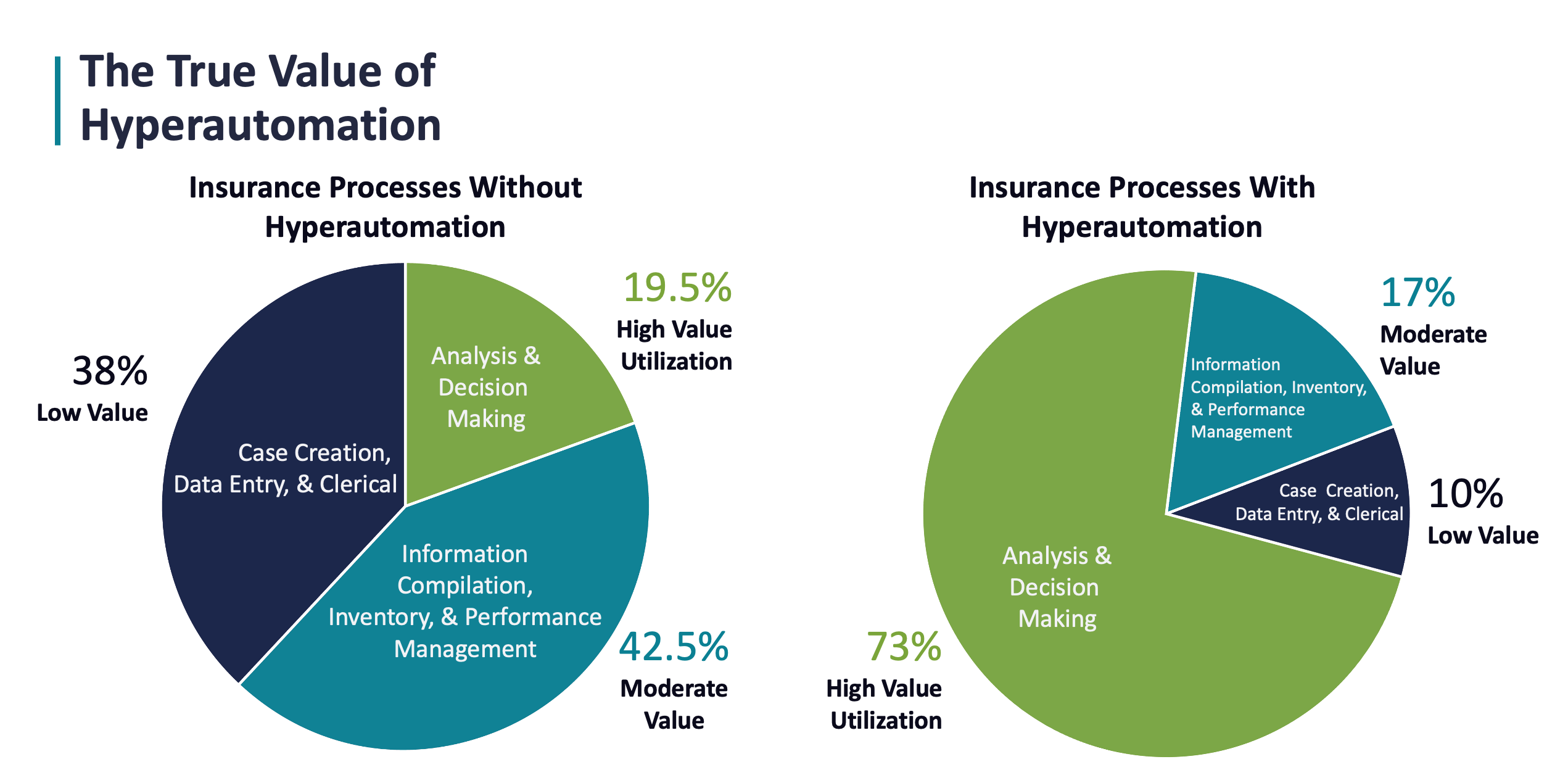The ever-evolving world of insurance and customer service brings high expectations for perfection and straight-through processing. However, this is more challenging than it seems. Something as simple as a “name change request” after marriage should be simple to process for a policyholder. The customer assumes that they submit the form and the rest takes care of itself. In reality, the insurance company has to update a number of systems on the back end to make sure the change is processed correctly.
The Old Way: Manual Processing
There are several steps to submitting a name change request form, starting with the insurance company verifying that it is signed and filled out correctly. Forms that aren’t completed correctly go back to the policyholder to be fixed and resubmitted. Those that are correct move through a series of actions. First, the name needs to be changed in four systems, including customer relationship management (CRM), policy administration, billing, claims, and underwriting. It is important that these changes are made without a single typo. In many cases, insurance companies have large teams of people that update these systems manually. They look at the form on one screen while typing the new information into the system of record on another screen. Then, they submit the change. When you multiply that process by a few hundred request forms, you are likely to get some errors. Typos are inevitable and sometimes updates to a specific system are completely skipped by accident. All of these errors, along with the time it takes to complete the process, leads to poor customer experiences.
The New Way: Hyperautomation
Today’s top insurance carriers are utilizing Zia’s Hyperautomation Solution to streamline the entire process. The document is checked for completeness and for presence of signature automatically. If the document is deemed “not in good order,” it is automatically routed back to the policy holder or insurance broker for re-submission. By utilizing a combination of workflow and robotic process automation (RPA), the system is then able to automatically open each system of record application as it sits today (i.e. thin client, thick client, mainframe, etc). It automatically updates them in the same way a customer service agent would. However, the process engine won’t be producing typos and won’t skip steps. Now, you have a backend processing solution that is just as simple as your policyholder views it. The result is faster turnaround times on all policy change forms and more satisfied customers who will not only keep their business with you, but are more likely to refer new business to you as well. It’s a win for everyone. Meanwhile, your customer service agents are able to focus on actual customer-facing events that will greatly impact the overall customer experience.

Please contact us at Zia Consulting for a free consultation around how we can help transform your customer experiences.

ABOUT THE AUTHOR
Eric Howse, Enterprise Sales Director
Eric has 9+ years of experience in enterprise software and service sales. Eric’s attention to detail directly contributes to the success of his customers’ operational and technical transformations. He is pursuing a focus on cutting-edge document ingestion, including handwriting, and exploring the interaction with existing systems of record without the need to replace them. Outside of work, Eric enjoys sharpening his culinary skills and has cooked for charities.

